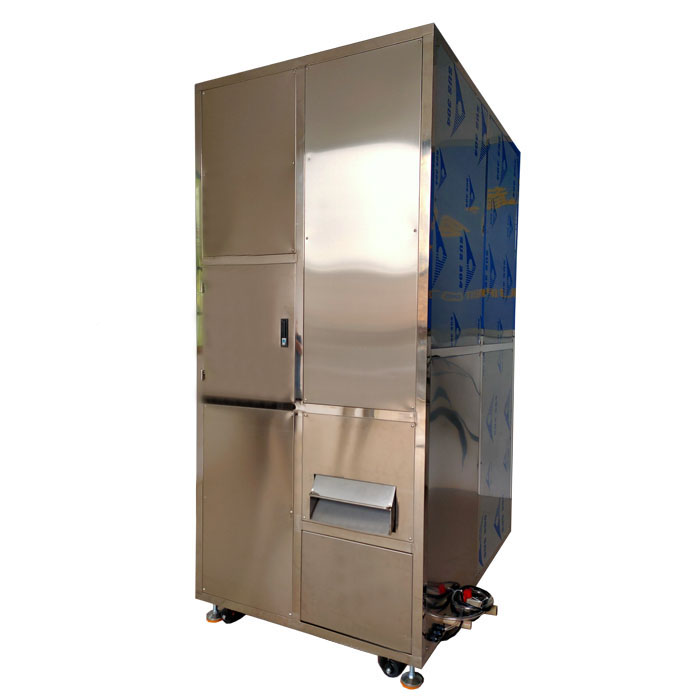In this interview, we sit down with Associate Professor Grobler to explore how drones are transforming the mining industry in South Africa. From enhancing safety and efficiency to revolutionizing data collection, drones are playing a key role in modern mining operations. I graduated in 1991 with a mine surveying qualification from the Department of Mining Engineering and Mine Surveying at the University of Johannesburg. As is standard in South Africa, anyone working in the mining sector must also obtain a Government Certificate of Competency. I earned mine status in 1994 and spent the next thirteen years working in gold, nickel, and platinum mines across the country. In 2007, I transitioned into academia and began teaching at the same department where I had once studied. It's been an honor to pass on my knowledge and help shape the next generation of mining professionals. Associate Professor Grobler with representatives from Flyability and GammaTec The Mining Engineering and Mine Surveying Department is set to celebrate its 100th anniversary in 2026, making it one of the oldest and most respected departments of its kind in Africa. We offer bachelor’s degrees in both mining engineering and mine surveying, as well as honors and master’s programs. Each year, we train around 600 students across these four degree programs. Employability is a major focus for our department. Many of our students are already working in the mining industry before they start their studies, and most go directly into mining jobs after graduation. A few years ago, we built a full-scale simulation mine on campus. Using a basement that originally housed a shaft, we created a realistic underground layout. This is a rare facility—only a handful of such simulation mines exist globally. This tunnel is used for hands-on training, allowing students to gain practical experience without having to travel to active mines every day. A picture of the simulation mine We also use the tunnel to test new technologies like drones and robots. We’ve tested the Boston Dynamics Spot robot and Flyability’s Elios 3 there. In addition, we have a virtual reality platform where students can practice drilling and blasting in a safe environment. These tools are essential for preparing future mining professionals for real-world challenges. Drones are primarily used for surveying and inspections. They allow us to update surface plans more efficiently and safely, reducing the need for personnel to work in hazardous conditions. Inside mines, drones can access unstable areas, collect visual and LiDAR data, and help identify issues like hangups or structural problems. This improves our understanding of underground environments and supports better decision-making. Safety and efficiency are the two biggest benefits. Drones reduce the risk to human workers by performing tasks in dangerous or hard-to-reach areas. They also save time and provide high-quality data quickly. This data is useful for engineers, geologists, and other professionals involved in mining operations. During emergencies, drones can be deployed to assess conditions remotely, which could prevent further loss of life. In South Africa, where temperatures can be extreme, this is especially important. While safety has improved significantly over the years, every fatality is still too many. Technologies like drones have the potential to make mining safer and eventually eliminate risks entirely. South Africa has strict regulations regarding drone usage, but not all mining companies are following them. Some operate unlicensed drones or allow untrained personnel to fly them. This can lead to legal consequences, including fines or criminal charges. It’s crucial that pilots are properly trained and that drones are licensed. Just because someone owns a consumer drone doesn’t mean it’s suitable for mining operations. Proper equipment and training are essential for effective and safe drone use. The Elios 2 was my first exposure to a drone designed specifically for mining. Its roll cage was a great feature for protection, but it needed improvements in stability. The Elios 3, however, is much more stable. During testing, we even placed a hardhat on top of it, and it didn’t budge. That level of stability is crucial for accurate data collection. The ability to rotate the camera up and down is also a big plus. It allows us to identify survey points in difficult-to-reach areas, such as the roof and walls of excavations. The LiDAR on the Elios 3 makes it more than just an inspection tool—it’s a powerful mapping solution. It can create detailed 3D maps of inaccessible areas, such as block caves, and provide immediate spatial data. Compared to photogrammetry, LiDAR works in low-light conditions and can penetrate dust and smoke, which are common in mining environments. This makes it ideal for use in hot, poorly ventilated areas where visibility is limited. The Elios 3's LiDAR sensor glows green as it flies in the simulation mine LiDAR also helps with navigation in dark or obstructed spaces by creating real-time 3D maps. This is particularly useful for identifying geological hazards like faults and dykes. It’s also beneficial for inspecting ore passes, where obstructions can cause delays or safety issues. With LiDAR, we can detect these problems quickly and accurately. We're still in the early stages of drone adoption in South African mining, but the technology is gaining traction fast. Some may question whether drones are just a solution looking for a problem, but I believe they’re essential for improving safety and efficiency in the industry. Today, almost every mine in South Africa uses some form of drone technology, either on-site or through nearby providers. Now, the challenge is to mainstream this technology and ensure that each mining company has access to it. Rather than relying on external contractors, I believe each mine should own at least one drone like the Elios 3. Having multiple drones on site would allow for daily or weekly mapping of critical areas, leading to better planning and safer operations. The future of mining in South Africa is bright—and drones will play a central role in that future. Polishing Machine Supporting Equipment
Polishing Machine Supporting Equipment
Plasma polishing supporting equipment is an indispensable supporting equipment in the plasma polishing process. They work together to make the plasma polishing technology be effectively applied. It is worth noting that the supporting equipment of different plasma polishing machines may be different, and the specific needs should be selected according to specific requirements and conditions.
Polishing Machine Supporting Equipment,Ultrasonic Cleaning Machines,Waste Water Treatment Equipment,Equipment Polish Machine Dongguan Bayi Automation Equipment Co., Ltd , https://www.bayipolisher.com
What has been your career path with mining in South Africa?
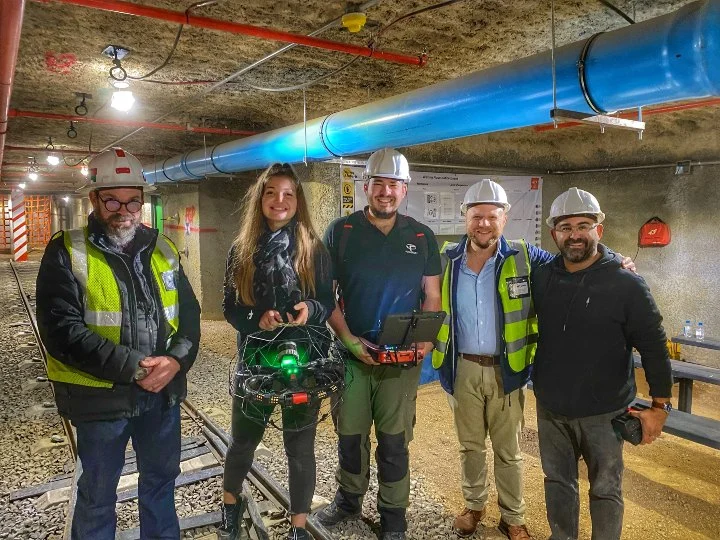
Tell us about the Mining Engineering and Mine Surveying Department at the University of Johannesburg. What does the department do?
What kind of unique training facilities do you have in the department?
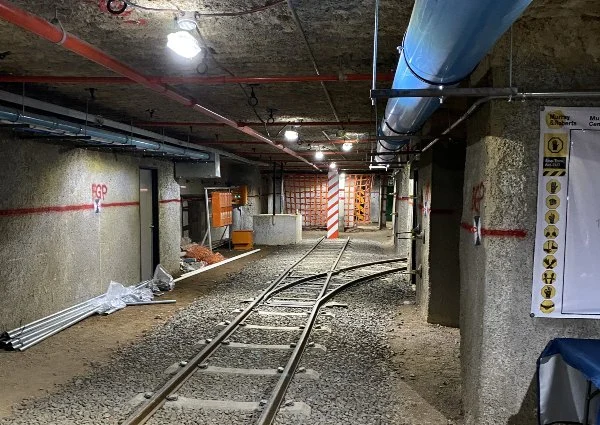
How are drones being used in mining?
What are the advantages of using a drone in mining?
What are some concerns you have about how people are using drones for work in mines?
How do you think Flyability’s Elios 3 can benefit work in mining?
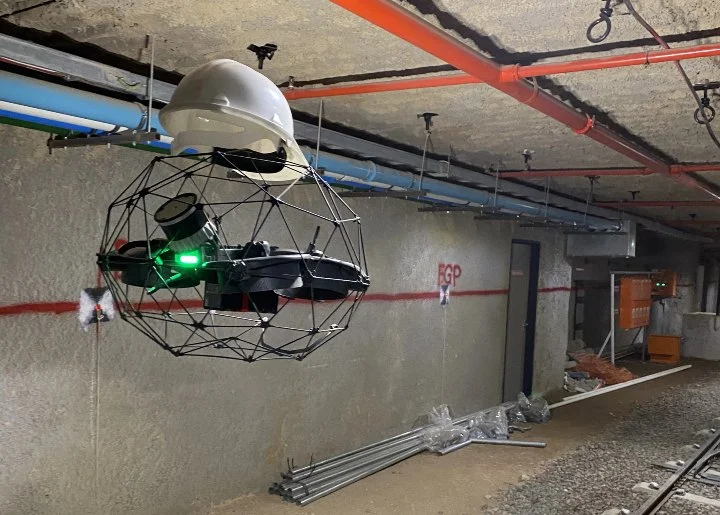
The Elios 3 carries a LiDAR sensor. What benefits can mining operations realize by using an indoor drone equipped with LiDAR sensing?
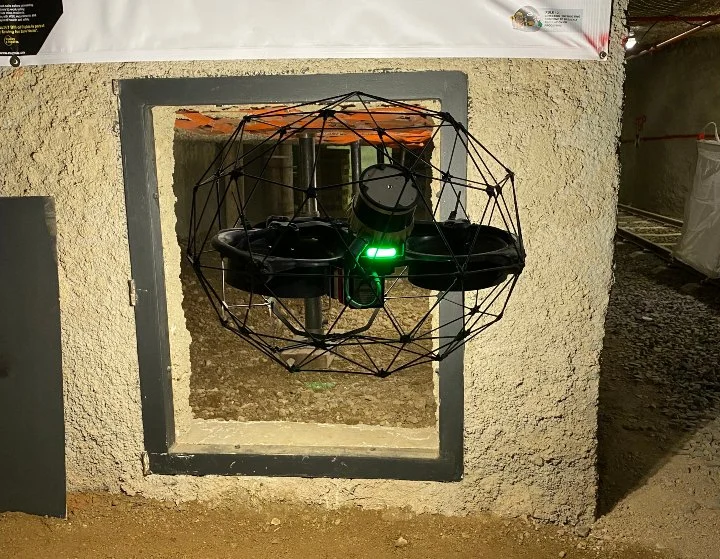
What does the future of drones look like for mining operations in South Africa?
